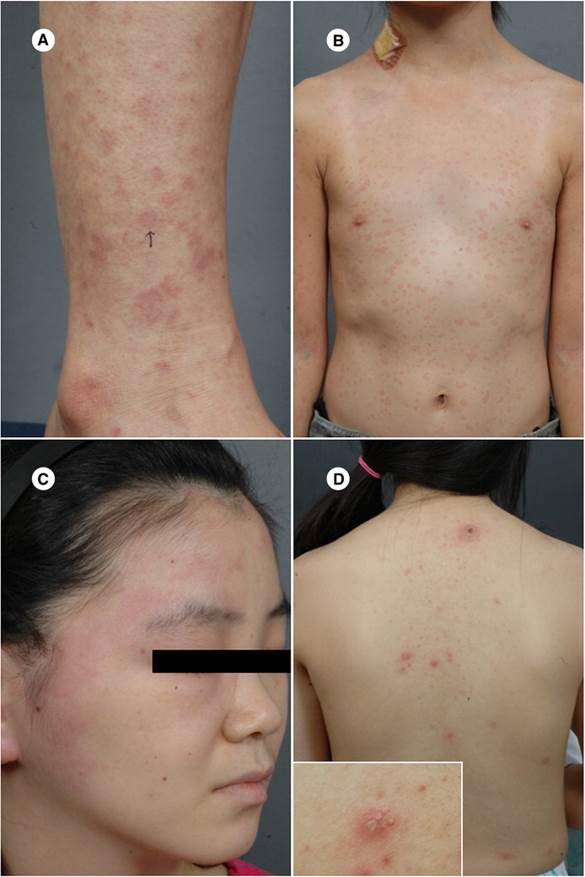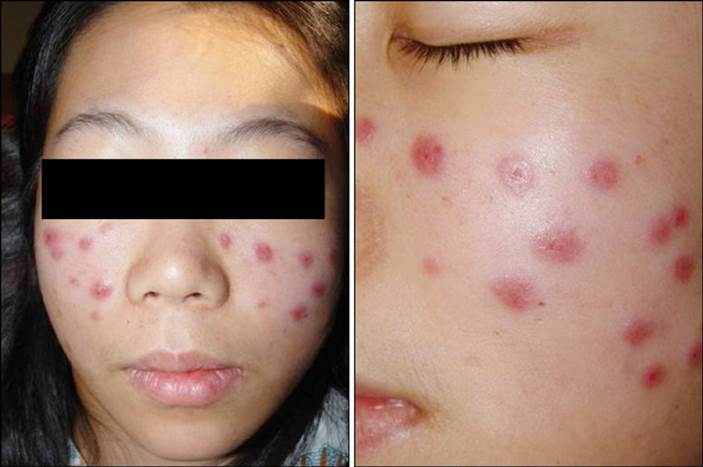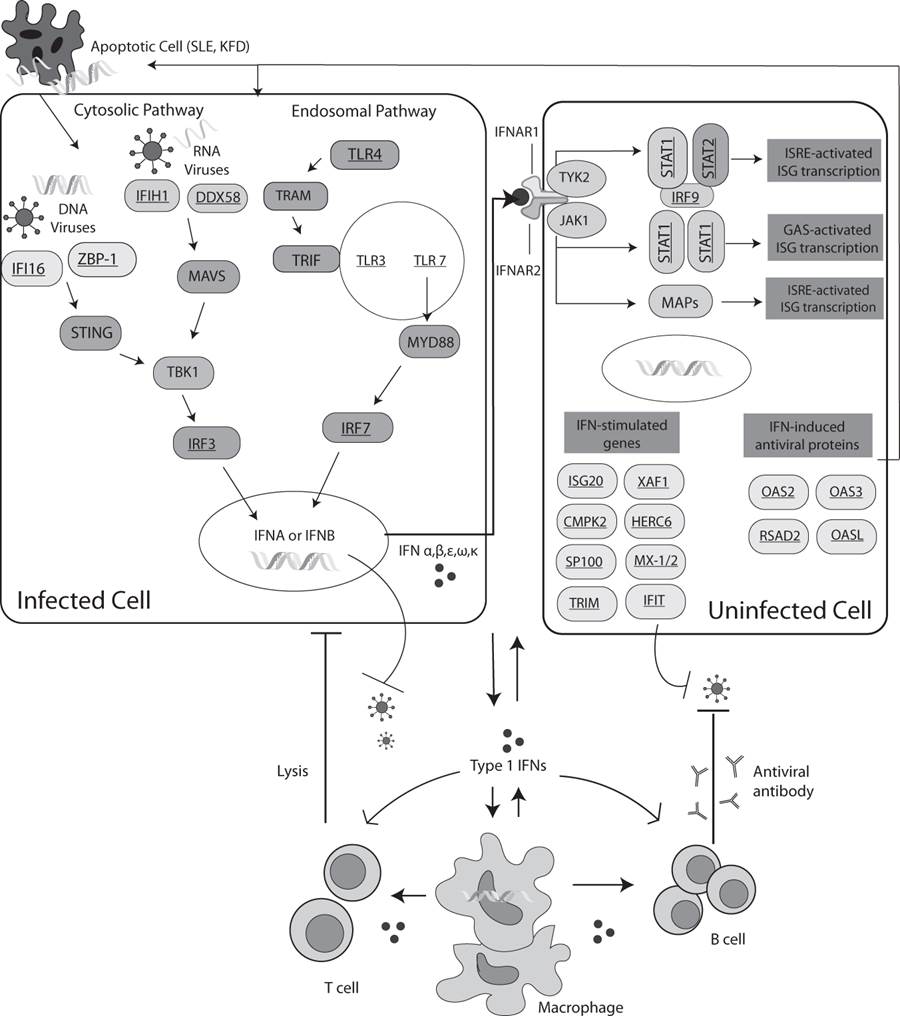Journal of Dermatology and Venereology
OPEN ACCESS | Volume 3 - Issue 1 - 2025
ISSN No: 3065-677X | Journal DOI: 10.61148/3065-677X/JDV
Shahin Asadi
Medical Genetics Director of the Division of Medical Genetics and Molecular Pathology Research. Division of Medical Genetics and Molecular Pathology Research, Center of Complex Disease, U.S.A.
*Corresponding author: Shahin Asadi, Medical Genetics Director of the Division of Medical Genetics and Molecular Pathology Research. Division of Medical Genetics and Molecular Pathology Research, Center of Complex Disease, U.S.A.
Received: August 20, 2025 | Accepted: September 08, 2025 | Published: September 15, 2025
Citation: Asadi S., (2025) “A Comprehensive Review of Kikuchi’s Disease.” Journal of Dermatology and Venereology, 3(1); DOI: 10.61148/3065-677X/JDV/055.
Copyright: © 2025 Shahin Asadi. This is an open access article distributed under the Creative Commons Attribution License, which permits unrestricted use, distribution, and reproduction in any medium, provided the original work is properly cited.
Kikuchi disease, also known as histiocytic necrotizing lymphadenopathy, is a rare, benign (noncancerous, nonmalignant) disorder of the lymph nodes of young adults, mainly in young women. Kikuchi disease is a rare, nonmalignant disorder that affects the lymph nodes. Lymph nodes are small, oval-shaped structures located throughout the body that filter lymph fluid, fight infection, and make white blood cells and blood plasma. In addition to swelling and pain in the abdomen, lymph nodes on the side of the neck and near the salivary glands are often affected. The exact cause of Kikuchi disease is unknown (idiopathic). Many researchers suspect that a virus may cause the disorder. However, others believe that the disorder, like systemic lupus erythematosus, is a limited autoimmune condition.
Kikuchi disease, histiocytic necrotizing lymphadenopathy, noncancerous, nonmalignant, idiopathic
Overview of Kikuchi Disease
Kikuchi disease, also known as histiocytic necrotizing lymphadenopathy, is a rare, benign (noncancerous, nonmalignant) disorder of the lymph nodes of young adults, mainly in young women. The disorder is often confused with malignant lymphoma, especially cervical adenopathy, because the symptoms are very similar. The tissue lesions or abnormalities of this disorder cause the lymph nodes to become enlarged (lymphadenopathy), inflamed, and painful. The exact cause of Kikuchi disease is not known. The initial threat may be misdiagnosis of a malignant lymphoma.1
Clinical Signs and Symptoms of Kikuchi Disease
Kikuchi disease is a rare, nonmalignant disorder that affects the lymph nodes. Lymph nodes are small, oval-shaped structures located throughout the body that filter lymph fluid, fight infection, and make white blood cells and blood plasma. In addition to swelling and pain in the abdomen, lymph nodes on the side of the neck and near the salivary glands are often affected.
Affected individuals may have a low-grade fever, night sweats, muscle pain (myalgia), and a skin rash. Less common symptoms include headache, fatigue, joint pain (arthralgia), and nausea and vomiting. In some cases, affected individuals may experience an abnormal enlargement of the liver or spleen (hepatosplenomegaly). Symptoms of Kikuchi disease may develop slowly over two to three weeks. For unknown reasons, the abnormal tissue growth and inflammation in Kikuchi disease usually resolves on their own within a few weeks or months without further treatment (a self-limited disease).1
Etiology of Kikuchi Disease
The exact cause of Kikuchi disease is unknown (idiopathic). Many researchers suspect that a virus may cause the disorder. However, others believe that the disorder, like systemic lupus erythematosus, is a limited autoimmune condition. Autoimmune disorders occur when the body's natural defenses against "foreign" or invading microorganisms begin to attack healthy tissues for unknown reasons.1,2

Figure 1: Images of skin disorders associated with Kikuchi disease.1
Frequency of Kikuchi Disease
First identified in Japan in 1972, Kikuchi disease is extremely rare, with fewer than 50 cases reported in the medical literature. It appears to affect young adults in particular, but it can occur at any age. Early reports suggested that Kikuchi disease affected women more than men, at a ratio of 4:1. More recent reports suggest that this ratio is not as high. Kikuchi disease occurs more frequently in Southeast Asia.1,3

Figure 2: Image of a skin rash on the face of a girl with Kikuchi disease.1
Kikuchi disease may be more common than previously recognized, because swollen glands are common and often overlooked. This, along with the self-limiting nature of the disorder, has led some doctors to speculate that Kikuchi disease is more common than initially thought. Because the disorder can only be clearly identified with a biopsy of affected lymph node tissue, it may be overlooked by many people and doctors.1,3
Disorders Associated with Kikuchi Disease
The following disorders can have symptoms similar to those of Kikuchi disease. Comparisons may be helpful in making a differential diagnosis:
Burkitt lymphoma is a cancer of the lymphatic system that affects the lymph nodes as well as other areas of the body. Tumors may arise in the kidneys, gonads, jaw, bone marrow, or central nervous system, as well as the lymph nodes. Burkitt lymphoma may be infectious. This disorder occurs most often in children living in Central Africa and is associated with the Epstein-Barr virus. Hodgkin's disease is a type of lymphatic cancer that involves tumorous lymph nodes. Fever, night sweats, and weight loss may occur along with swollen lymph nodes. The diagnosis of Hodgkin's disease is confirmed when a specialist pathological examination shows the presence of so-called Reed-Sternberg cells. The exact cause of Hodgkin's disease is unknown.1,4

Figure 3: Schematic of immunopathogenesis in Kikuchi disease.1
Malignant lymphoma describes a malignant tumor of lymphoid tissue that is cancerous. Within the lymphatic system, a type of white blood cell (lymphocyte) circulates. Although the structure of these white blood cells may vary with the type of lymphoma, the effects are usually similar. The appearance of enlarged lymph nodes in the neck is usually accompanied by fever, weakness, weight loss, and anemia. When lymphoid tissue is extensively involved, the spleen and liver may also be enlarged. The following conditions have been associated with Kikuchi disease in some patients. They are not essential for the differential diagnosis: pancytopenia - a decrease in the number of red and white blood cells and platelets in the circulating blood, and splenomegaly - an abnormal enlargement of the spleen.1,4
Still's disease, also called juvenile rheumatoid arthritis or rheumatoid arthritis, is a type of arthritis that usually, but not exclusively, affects the larger joints of children. In addition to high fever and intermittent rash, patients present with inflammation of several thin sheets of tissue that cover specific areas of the body (serous membranes). As a result, the lymph nodes (lymphadenopathy) are affected.1,4
Treatment options for Kikuchi Disease
Treatment for Kikuchi disease is symptomatic and supportive. The disorder usually resolves on its own within a few weeks or months. Analgesics, antipyretics, and nonsteroidal anti-inflammatory drugs (NSAIDs) may be used to treat pain, tenderness, and fever associated with lymphadenopathy. In very rare cases, Kikuchi disease may recur. Kikuchi disease is diagnosed by removing tissue with a fine needle attached to a syringe. The tissue is then examined under a microscope to determine whether the patient has the disease.1,5
Discussion
The disorder is often confused with malignant lymphoma, especially cervical adenopathy, because the symptoms are very similar. The tissue lesions or abnormalities of this disorder cause the lymph nodes to become enlarged (lymphadenopathy), inflamed, and painful. In some cases, affected individuals may experience an abnormal enlargement of the liver or spleen (hepatosplenomegaly). Autoimmune disorders occur when the body's natural defenses against "foreign" or invading microorganisms begin to attack healthy tissues for unknown reasons. Kikuchi disease may be more common than previously recognized, because swollen glands are common and often overlooked. In very rare cases, Kikuchi disease may recur. Kikuchi disease is diagnosed by removing tissue with a fine needle attached to a syringe.1-5